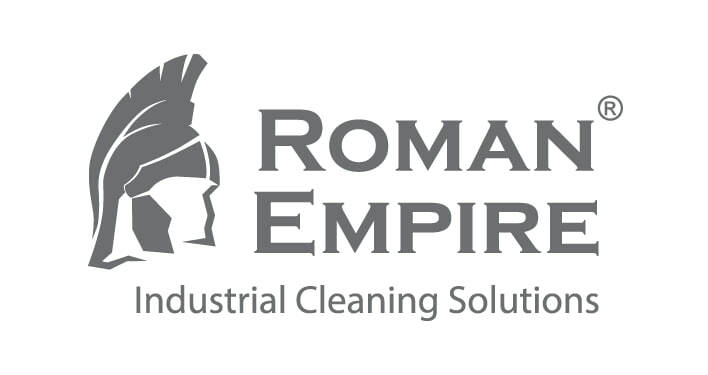Common problems of existing drain systems
- Discharge rateLow drainage capacity of most solutions available on the market
- High costHigh acquisition, implementation and maintenance cost of bottom drain units
- Operational featuresSome petroleum products are hard to transport, especially outdoors in winter
- Lack of additional optionsSolutions available on the market suggest no additional options, such as sand trap and automation
- Discharge rateLow drainage capacity of most solutions available on the market
- High costHigh acquisition, implementation and maintenance cost of bottom drain units
- Operational featuresSome petroleum products are hard to transport, especially outdoors in winter
- Lack of additional optionsSolutions available on the market suggest no additional options, such as sand trap and automation
Operating Principles
TELESCOPE — to be positioned along the railway line until it aligns with the bottom boiler drain. Then the TELESCOPE extends upwards until it is in close contact with the drain valve, where it is locked in this 'service' position until the boiler is ready for filling. Once ready, the TELESCOPE folds down and rolls to the extreme 'standby' position — in this sealed position it shall remain while waiting for rail car delivery and shunting operations. There is no need to install utilities for TELESCOPE positioning.
For preventive cleaning and cleaning of a clogged TELESCOPE it must be moved to the extreme 'service' position, opposite to the 'standby' position, providing access to the pipe.
The TELESCOPE shall be installed in a gravity flow collection line comprising a steam-heated main line located along the track centreline (in the inter-rail space).
For preventive cleaning and cleaning of a clogged TELESCOPE it must be moved to the extreme 'service' position, opposite to the 'standby' position, providing access to the pipe.
The TELESCOPE shall be installed in a gravity flow collection line comprising a steam-heated main line located along the track centreline (in the inter-rail space).
Positioning


Practical Demonstration
Gallery
Gallery
Optional equipment
Sand trap
A sand trap can be installed at the bottom of the intake pipe, to collect foreign components (such as sand, stones, gravel, metal and other heavy debris).
This guarantees consistent TELESCOPE performance for all types of products in any climate zone, regardless of impurities.
This guarantees consistent TELESCOPE performance for all types of products in any climate zone, regardless of impurities.
Steam supply
The TELESCOPE can be retrofitted with the steam-heating of the bottom drain valve via a steam nozzle. Steam supply, steam control, and condensate removal equipment.
Position sensor
The TELESCOPE can be retrofitted with position sensors that report the current position of the TELESCOPE to the process control system:
- 'operation' (=central) — ready for drainage;
- 'standby' (=closed) — awaiting for tank cars;
- 'service' (=open) — open for cleaning
Sand trap
A sand trap can be installed at the bottom of the intake pipe, to collect foreign components (such as sand, stones, gravel, metal and other heavy debris).
This guarantees consistent TELESCOPE performance for all types of products in any climate zone, regardless of impurities.
This guarantees consistent TELESCOPE performance for all types of products in any climate zone, regardless of impurities.
Steam supply
The TELESCOPE can be retrofitted with the steam-heating of the bottom drain valve via a steam nozzle. Steam supply, steam control, and condensate removal equipment.
Position sensor
The TELESCOPE can be retrofitted with position sensors that report the current position of the TELESCOPE to the process control system:
- 'operation' (=central) — ready for drainage;
- 'standby' (=closed) — awaiting for tank cars;
- 'service' (=open) — open for cleaning
«TELESCOPE» Specific Performance Features
The longitudinal movement is achieved by applying a small amount of operator force to the intake tube attached to the cover. The cover can be easily moved along the intake pipe on guide skids (welded to the pipe) by means of brass (explosion-proof) spring-loaded rollers (with fluoroplastic bushings).
When moving between "operation", "standby" and "service" positions, the cover slides on its rollers over the surface of the intake pipe with minimum clearance, ensuring quasi-sealing effect.
In the "operation" position, you can move the cover gap control levers fitted with eccentrics from the "run" position (clearance) to the "stop" position (no clearance) – the rollers move up and the cover "rests" on the surface of the intake pipe, ensuring a tight seal.
To return to the " operation " position, move the cover gap control levers back from the "stop" position to the "run" position – the rollers move down, a gap appears between the cover and the pipe, and the cover will again move easily along the pipe surface.
The spring is intended to ensure smooth movement between all positions, and that the positions are set accurately.
When moving between "operation", "standby" and "service" positions, the cover slides on its rollers over the surface of the intake pipe with minimum clearance, ensuring quasi-sealing effect.
In the "operation" position, you can move the cover gap control levers fitted with eccentrics from the "run" position (clearance) to the "stop" position (no clearance) – the rollers move up and the cover "rests" on the surface of the intake pipe, ensuring a tight seal.
To return to the " operation " position, move the cover gap control levers back from the "stop" position to the "run" position – the rollers move down, a gap appears between the cover and the pipe, and the cover will again move easily along the pipe surface.
The spring is intended to ensure smooth movement between all positions, and that the positions are set accurately.
LANGUAGE
- English (International)
- Deutsch
- Français
- Español
© 2025 All rights reserved. Roman Empire ®







